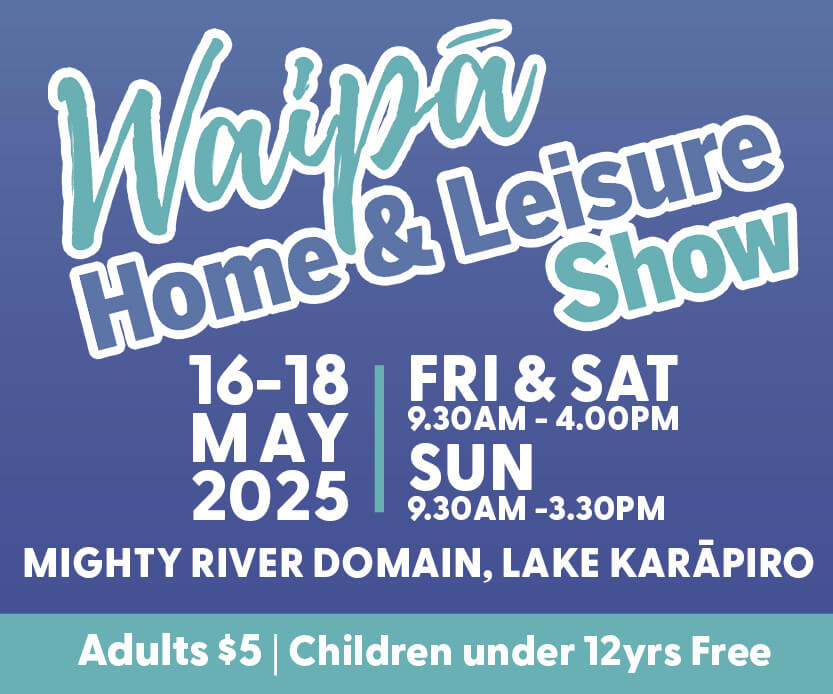Since Whakaari is reminding us that we live with active volcanoes, it’s a good time for a reminder about what volcanic ash is, and what it isn’t. I haven’t yet seen any cringey headlines claiming that it is “spewing smoke” or “toxic ash”, but these are common when volcanic activity hits the news so let’s go over them.

Janine Krippner checks her camera settings while on volcano watch. Photo: Drew Mehrtens.
Volcanic ash is generally magma that is blown apart (fragmented) by rapidly expanding gases within it. External water like lakes, the sea, or underground reservoirs/groundwater may add to this as the water flashes to steam, expanding rapidly and potentially adding to the explosive power of an eruption.
Ash is volcanic rock 2mm or less in size. When it’s 2 to 64mm in size, it’s lapilli, bigger than that are blocks (solid) or bombs (fluid). Together, this is called tephra.
It doesn’t have to be magma though. Rising gases, including steam from vigorous geothermal activity, can fragment the rock around it to produce ash. Older ash from past activity can be also incorporated. This is still pulverised rock, but it doesn’t need to be fresh magma. We can tell the difference looking at the ash under a microscope.
A plume coming out of the volcano is definitely not smoke, that’s a red flag warning that someone doesn’t know what they are talking about. The material is different, and importantly, the impacts are different. Whether it be an ash plume or gas emissions (including steam), calling it smoke is just plain wrong.
Steam is a large component of gas plumes. Gas, or gas-and-steam plumes, appear white. Once ash (fresh magma or not) is incorporated into it we get the light to dark grey colouring. Generally, the darker the grey, the higher the ash content (cloud cover or light conditions can also make plumes appear grey).
When it comes to “toxic ash” headlines, they are often also wrong. Ash itself is not toxic, it’s just small bits of rock. Depending on the gases, it may have a coating of something like fluorine that can be toxic depending on the concentration. Testing must be done to confirm this. If a headline is claiming ash is toxic straight away, chances are they are making that up, it’s another red flag.
There is a lot of misunderstanding about what happens when you inhale volcanic ash. It won’t shred your lungs, even though it is sharp and abrasive. If it is getting into your lungs, it must be small enough. This can cause issues, especially if you have conditions like asthma or chronic obstructive pulmonary disease, so a mask should be worn if you find yourself in an affected area.
What areas are impacted depends on how much ash or gas, how high it is reaching, and the wind strength and direction. Ash and gas plumes get blown by the wind, so this is when working with meteorologists becomes an important part of volcano monitoring.
Eruptions are an important and healthy part of the natural processes on Earth, so when they are in the headlines, I hope this helps you to spot red flags that inevitably pop up. As always, follow GNS Science/GeoNet for updates.

Whakaari / White Island. Photo: Tourism New Zealand.








